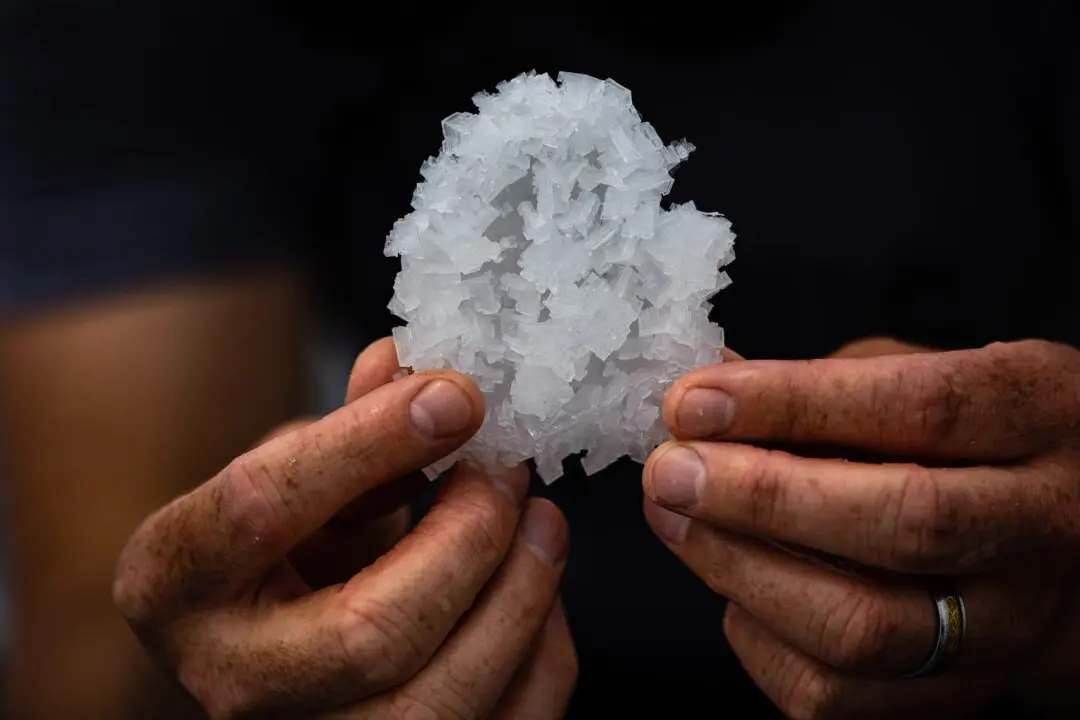“First I turn the heat way up. Then I dial it back down.”
Hoisting a 40-pound burlap sack of green chiles into the gas-fired roaster at Chile Fanatic in Hatch, New Mexico, Jesus Soto explained how he prepares the surrounding valley’s famous peppers. The flames roared; chiles tumbled in the rotating wire cage; the thick, sharp scent spread through the store. Soto stood by the controls administering his prescription: high heat, then low.





